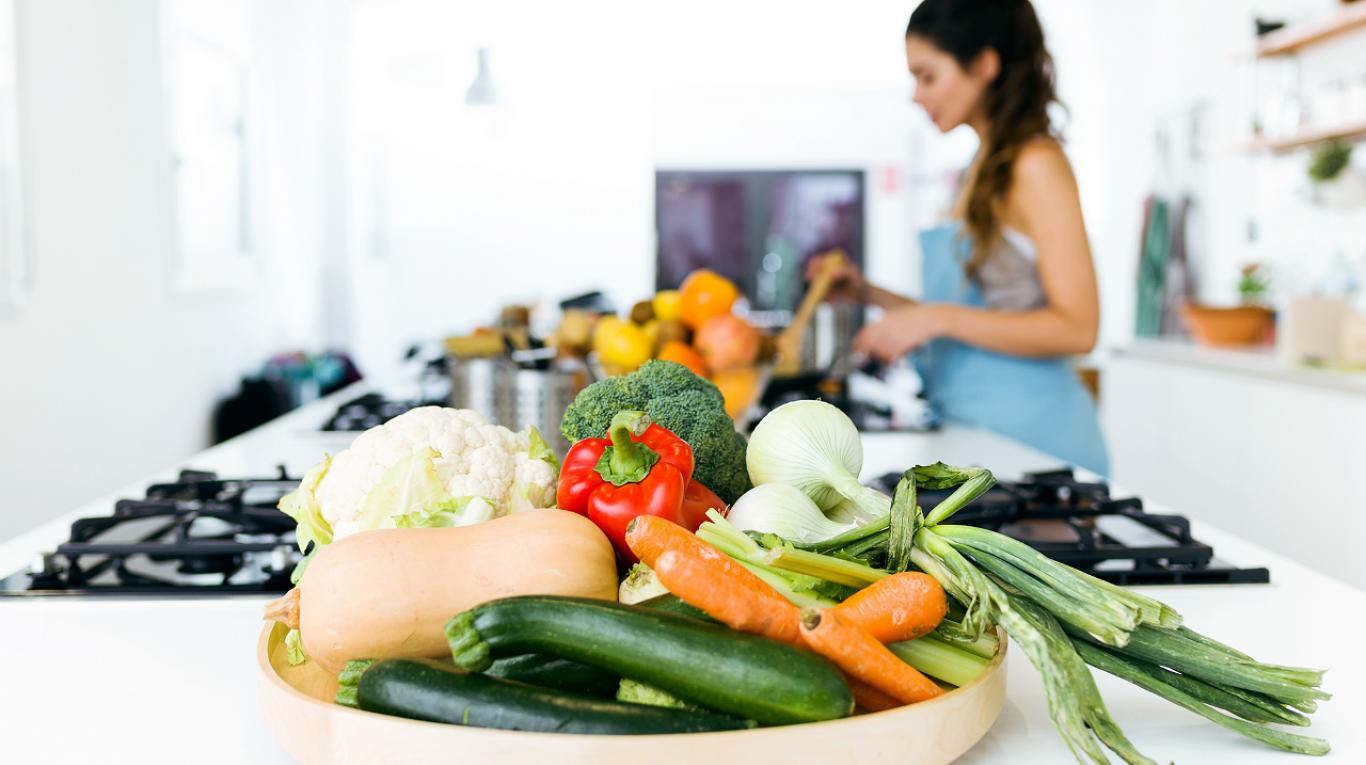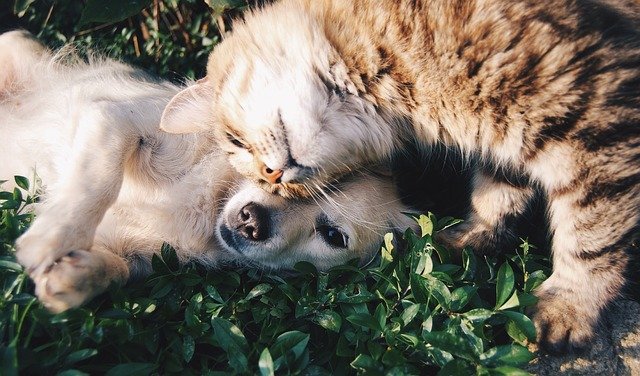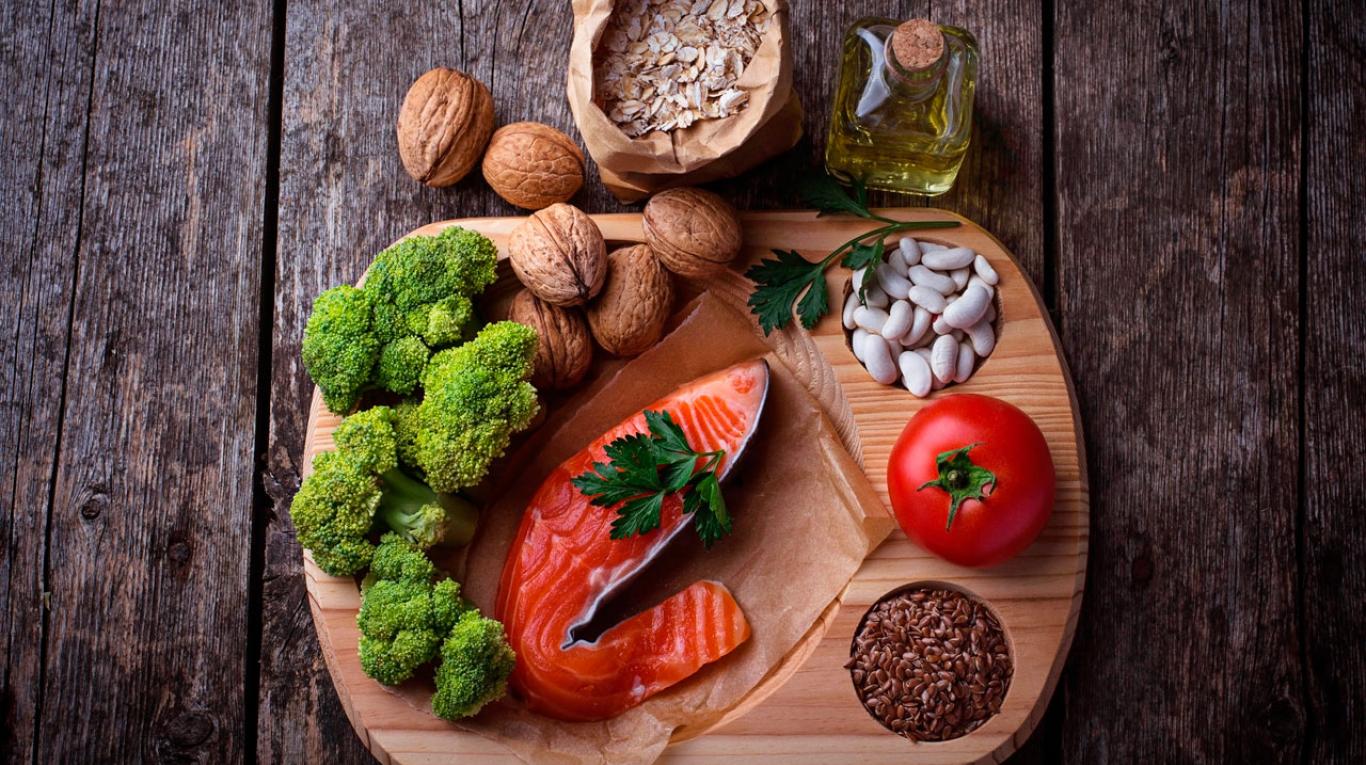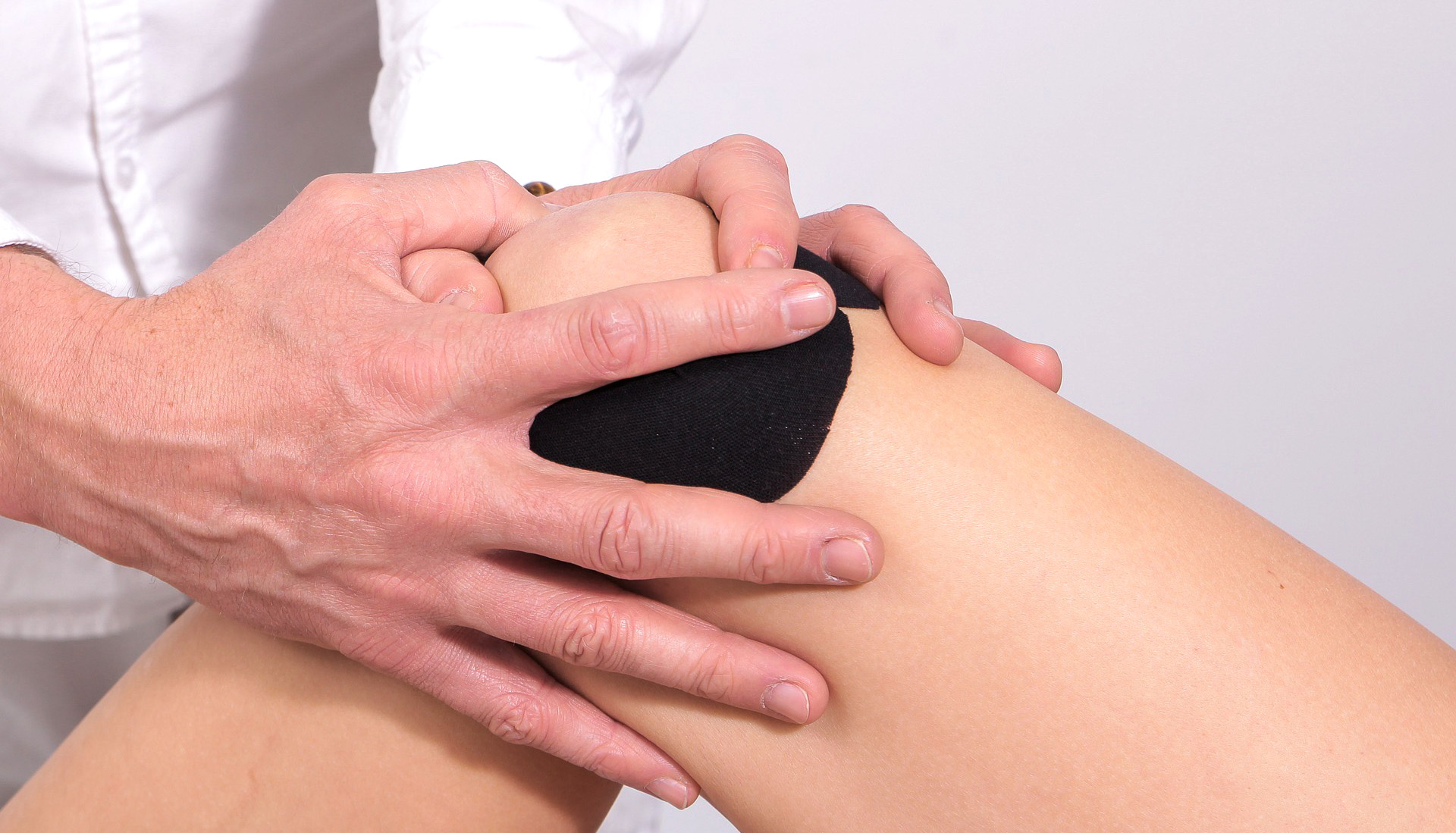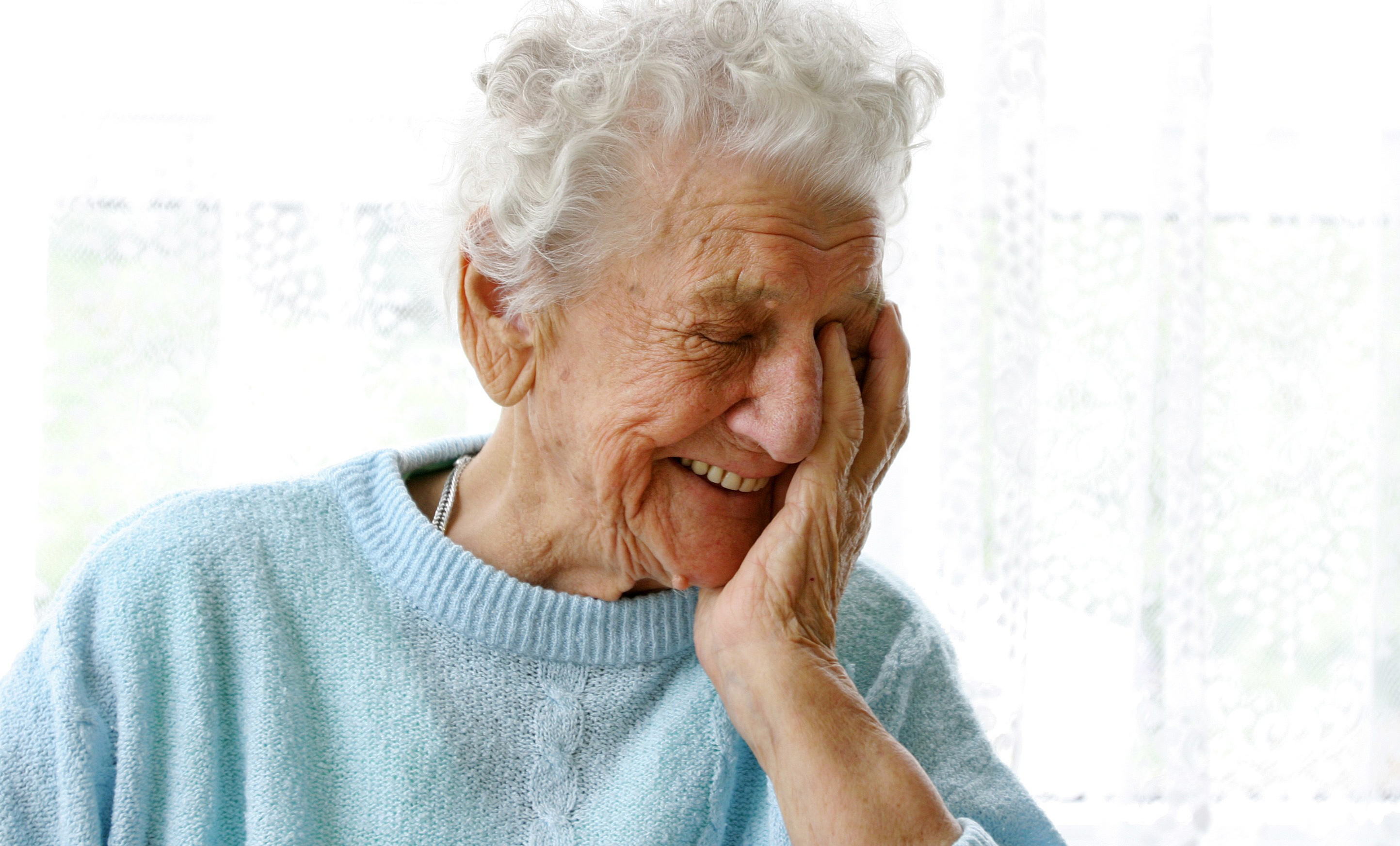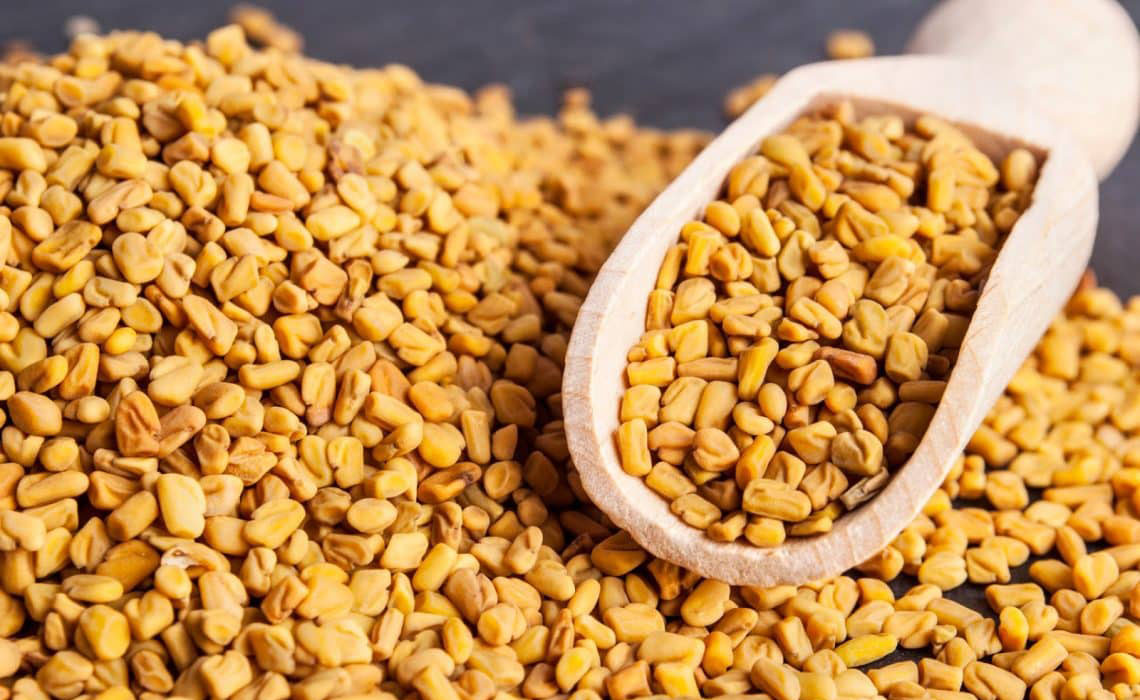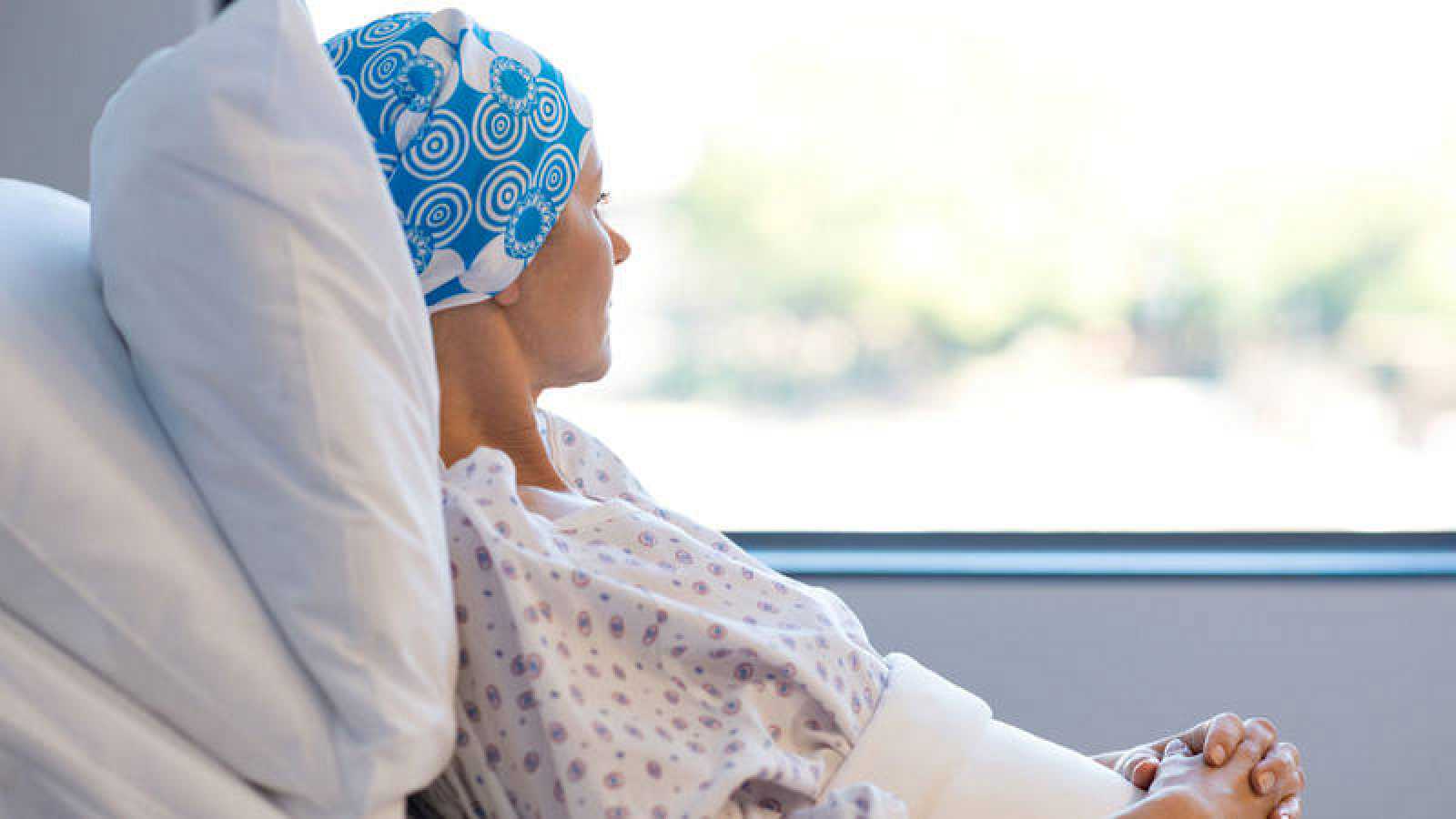[et_pb_section bb_built=”1″][et_pb_row][et_pb_column type=”4_4″][et_pb_text _builder_version=”3.13.1″]
Diets low in fat and carbohydrates such as the Mediterranean diet, for example, are good for mild or moderate kidney disease, as well as for people who are overweight.
In addition to lose weight, progressively improves kidney function.
Renal diseases are responsible for around 60 thousand deaths per year. The main cause of renal failure is diabetes, responsible for approximately 35% of new cases of chronic renal failure.
With all the feeding plans, including the renal diet, it is necessary to track the amount of certain nutrients that you consume, such as: Calories, Protein, Fat, Carbohydrates.
Choosing healthy foods is a great start, but eating too much of anything, even healthy foods, can be a problem. The other part of a healthy diet is the control of portions, or take care of how much you eat.
When your kidneys are not working as well as they should, waste and fluids accumulate in your body. After a while, this waste and extra fluid can cause problems with the heart, bones and other health problems. A kidney diet plan can limit the amount of certain minerals and liquids you consume. This can prevent the accumulation of waste and extra liquids and causing problems.
How strict you need to be with your plan depends on your stage of kidney disease. In the early stages of kidney disease, there may be little or no limits on what you eat or drink. As time passes and your kidney disease worsens, your doctor can recommend limits: Potassium, phosphorus, fluids.
You can eat foods low in potassium, such as: apples, grapes, strawberries, pineapples and garlic, cauliflower, onions, peppers, radishes, summer squash and lettuce, pita, tortillas and white breads, beef, chicken and white rice.
Low phosphorus meals: Italian bread, French or fermented dough, corn or rice cereals and wheat cream, popcorn without salt, light colored soft drinks or lemonade.
Ask your doctor or dietitian if you should limit the liquids you drink. If you need to limit fluids, measure the amount of fluid and drink small cups to help control how much you have taken. Limit the amount of salt to avoid thirst. Sometimes you will feel thirsty. To help relieve thirst, you can do the following: chew gum, rinse your mouth, suck ice cubes, mint or hard candy (sugar-free candy if you have diabetes).
Learn more about your health and well-being at Pharmamedic.
[/et_pb_text][/et_pb_column][/et_pb_row][/et_pb_section]

